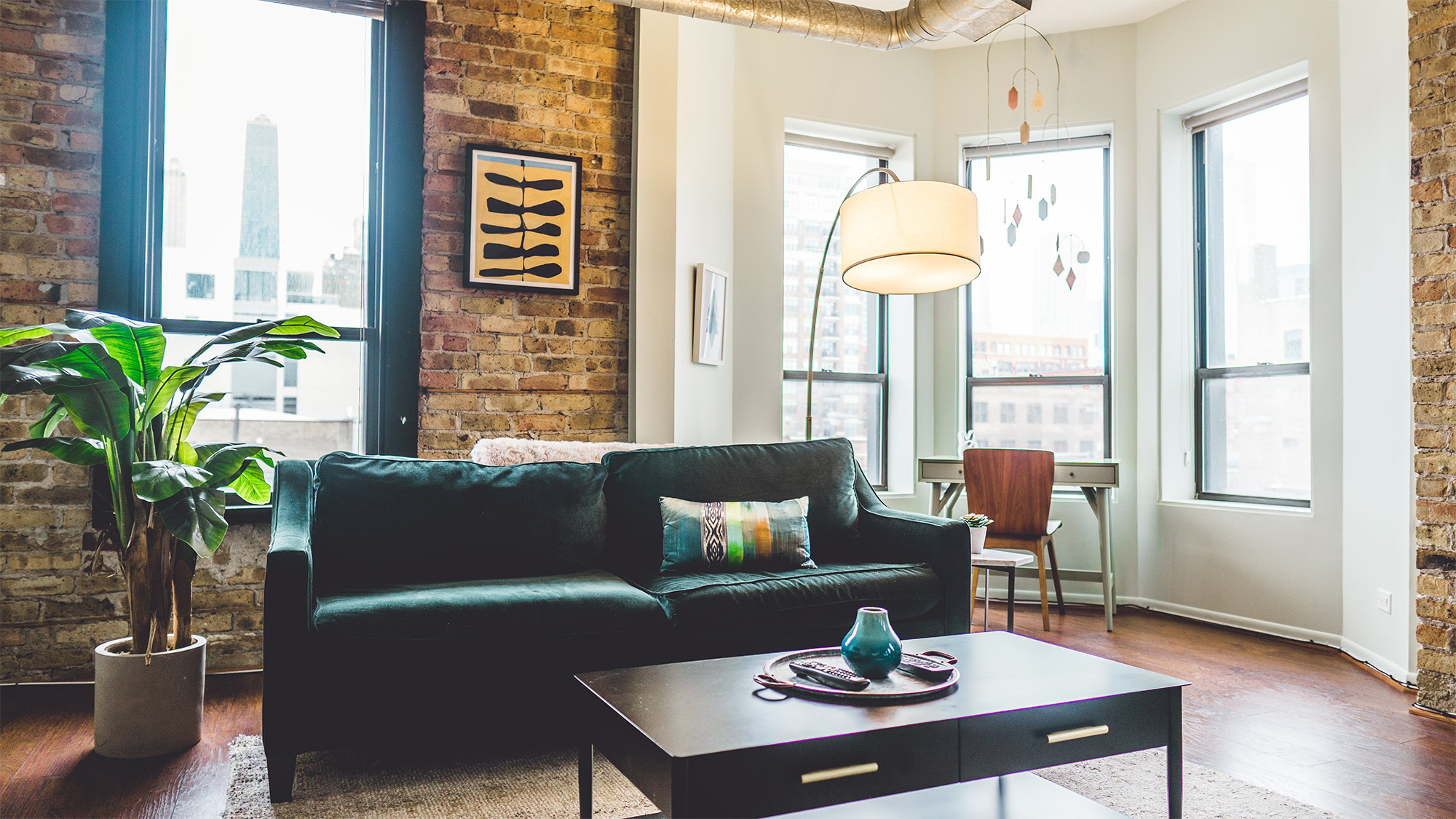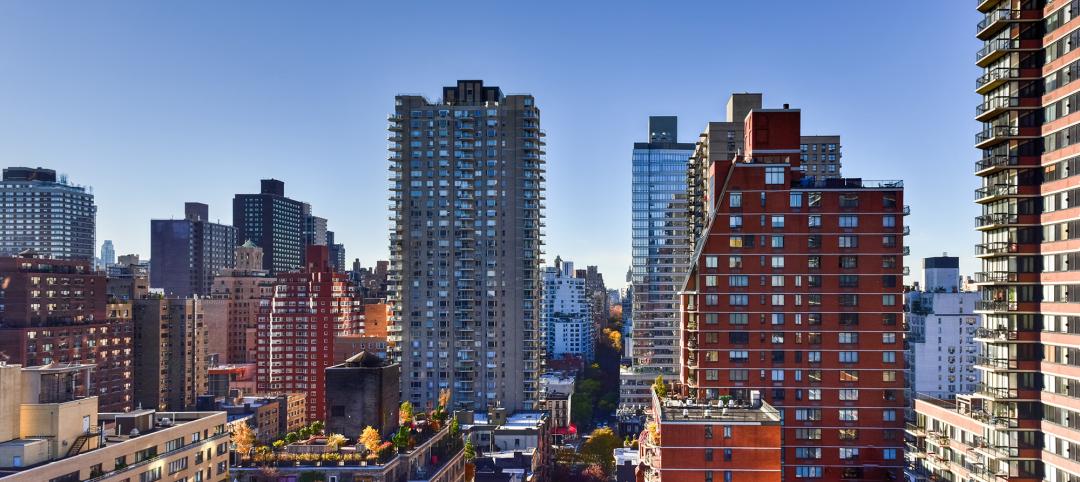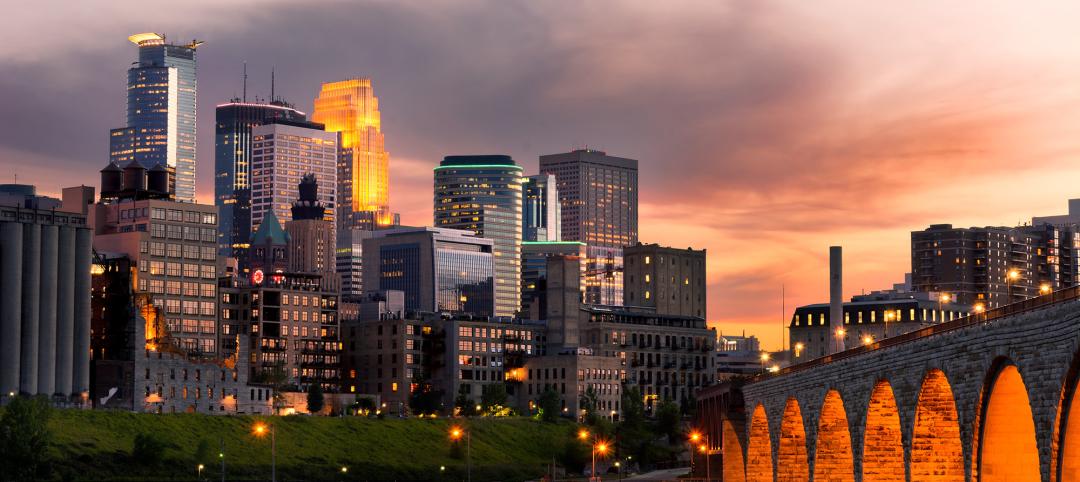The Trends Outlook Report by the American Society of Interior Designers (ASID) is the first of a three-part outlook series on interior design. The report is a collection of research from the U.S. Census Bureau, the Pew Research Center, and ASID's own survey research.
The findings of the 2024 report show an ever-present importance for community, connection, and authenticity. Here is the breakdown of all 11 design trends:
Top 11 Interior Design Trends for 2024
1. Living with and learning from Gen Z
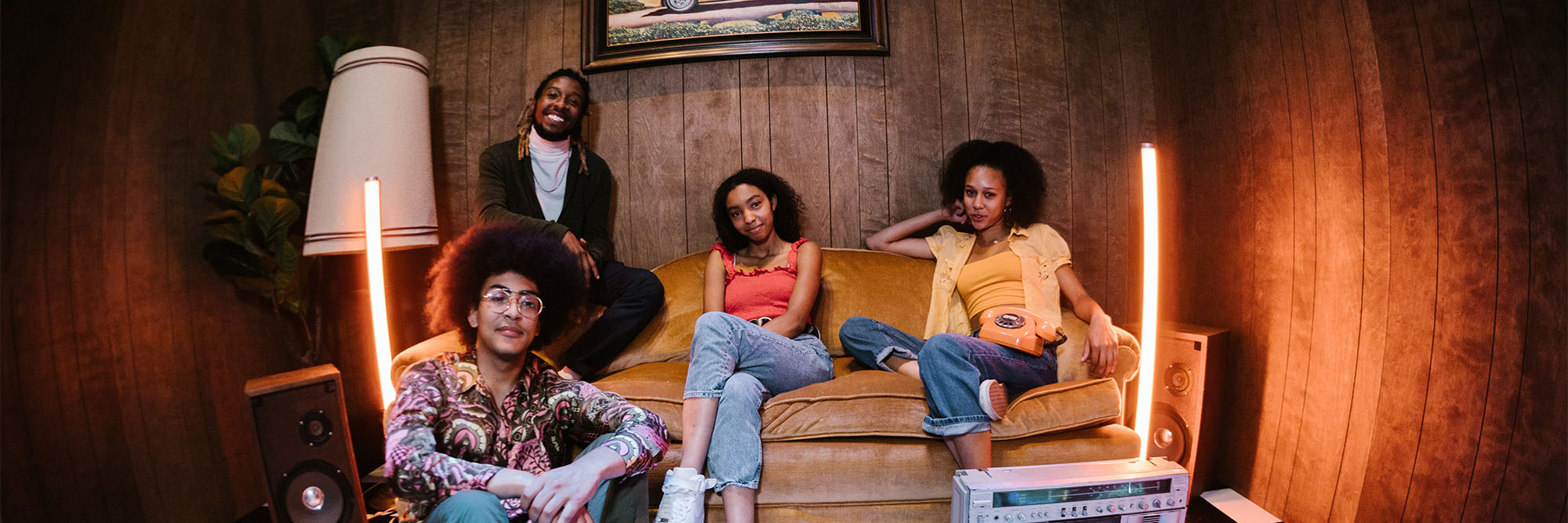
Gen Z, shaped by a unique set of challenges and experiences, seeks genuine connections and prioritizes spaces that foster community and social impact. Designers need to be mindful of their evolving values and concerns to create meaningful environments that resonate with this influential generation.
“Gen Z seeks genuine connections, and as this generation enters and occupies consumer culture, designers should be familiar with their evolving empathies and concerns.” — The Trends Outlook Report
2. Solo living and seeking connection
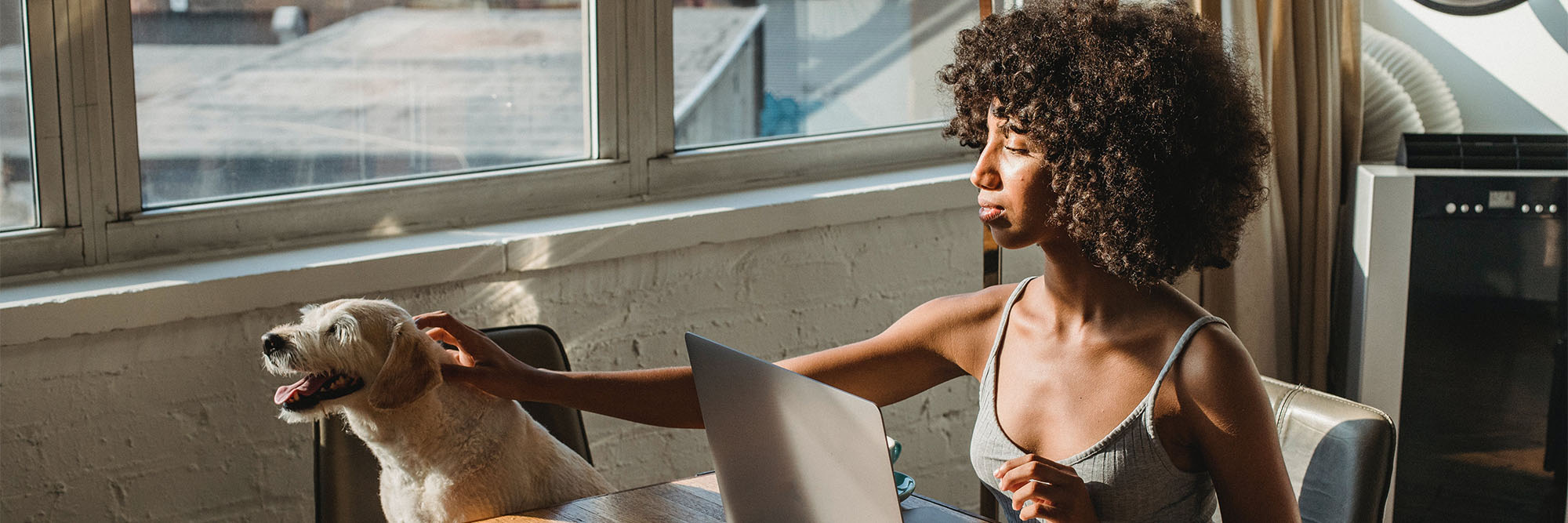
With the rise of single-person households, the need for connection within the home takes center stage. Designers are responding by emphasizing kitchen islands as social hubs and living spaces that seamlessly blend indoor and outdoor environments, fostering easy gathering and a sense of belonging.
“With solo-living on the rise, Americans are seeking connectedness to loved ones and their communities.” — The Trends Outlook Report
3. Comfortable and connected living

Friendship remains a vital concept across generations, and spaces are evolving to reflect this desire for camaraderie and comfort. From expansive kitchen islands that double as dining areas to living rooms with doors that open onto patios, the focus is on fostering connections with loved ones and furry friends, with pet-friendly materials and durable designs becoming increasingly important.
“Designers can support the comfort and camaraderie occupants desire by creating opportunities for gathering in the home, incorporating pet-friendly products, and designing spaces for amusement and ‘eatertainment’.” — The Trends Outlook Report
4. Health & wellness

Wellness takes center stage in 2024, with consumers prioritizing natural, clean products and spaces that promote their health and well-being. Spa-inspired bathrooms and sleep-focused designs provide havens for relaxation, while the growing “sober-conscious” trend reflects a broader focus on mindful living.
“Consumers will spend more on the products that improve their health and wellbeing. Designers must consider this self-care push, including harnessing sleep data to support more rest for occupants.” — The Trends Outlook Report
5. Quiet luxury
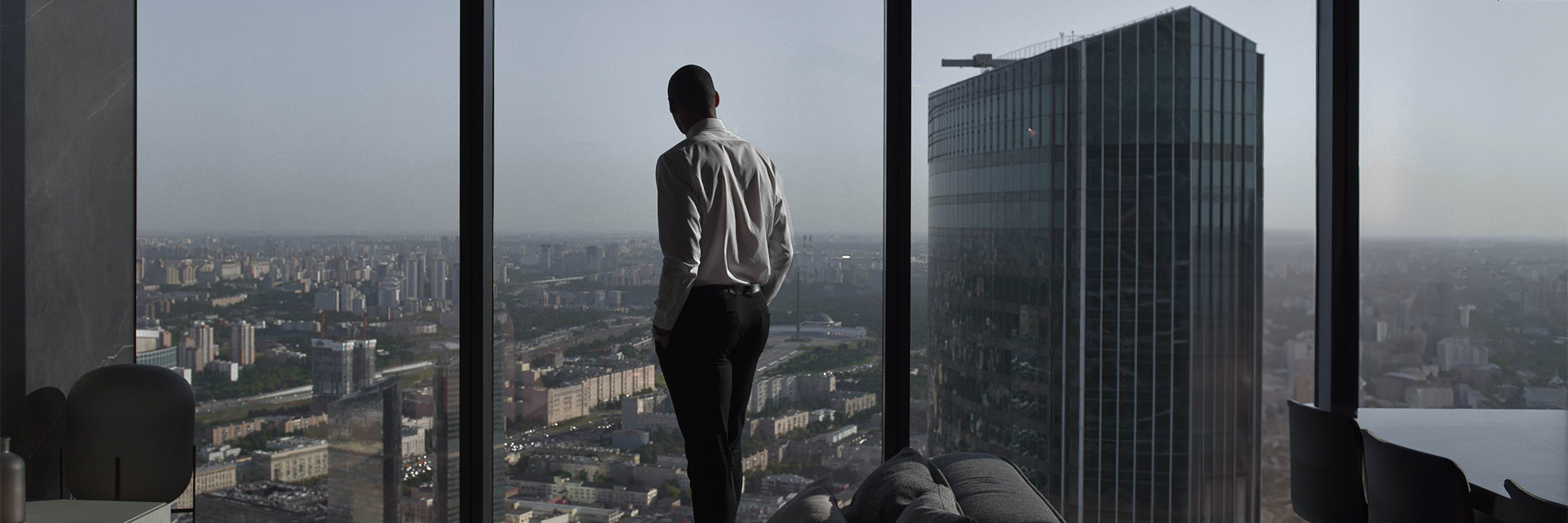
Luxury takes a shift towards personalized experiences and meaningful connections. Consumers are investing in timeless pieces that hold personal value and prioritize immersive experiences that leave a lasting emotional impact. This shift away from trendy items reflects a growing desire for sustainability and mindful consumption.
“Consumers seek a more low-key and personalized approach to luxury, investing in items that have more longevity and relevance—a more sustainable way to shop, as well.” — The Trends Outlook Report
6. Blurred lines in travel
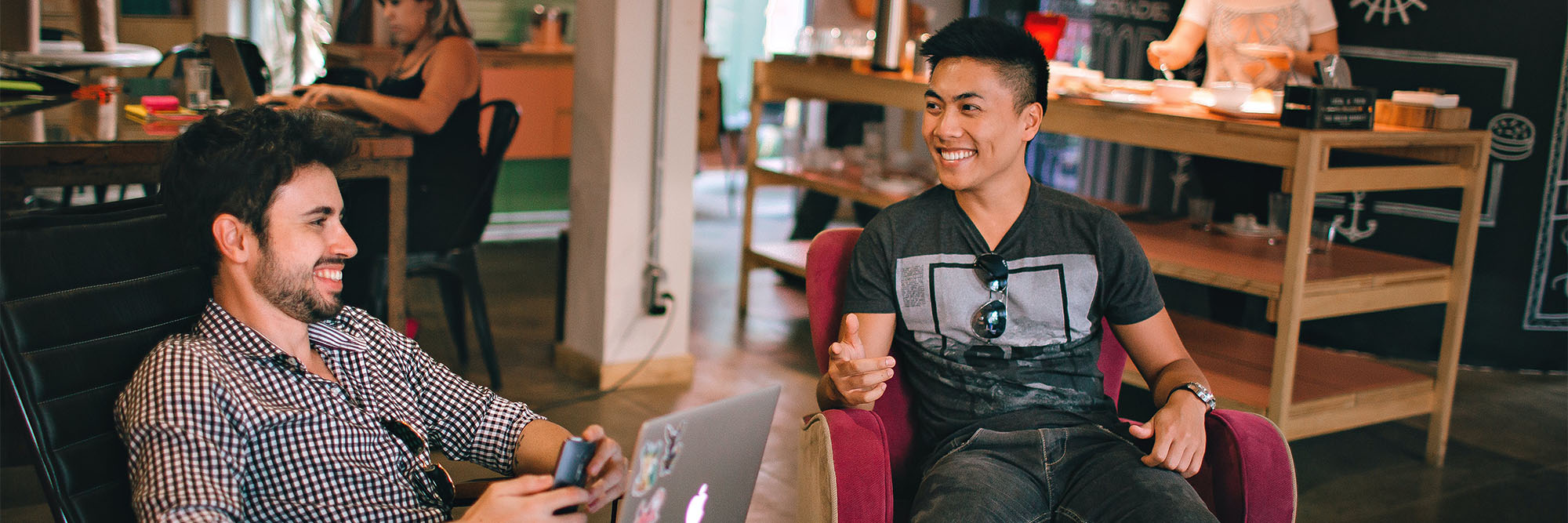
The lines between living, working, and playing are blurring. Alternative accommodations and hybrid work models necessitate multifunctional spaces, from “eatertainment” areas in residences to co-working spaces and rooftop bars in corporate offices. Design becomes multifaceted, catering to the shifting needs of a world where work and leisure seamlessly blend.
“Alternative accommodations are on the rise, with guests blurring the lines of living, working, staying and playing.” — The Trends Outlook Report
7. A custom approach to today's workplace

Hybrid work demands a personalized approach to office design. Designers need to cater to the diverse preferences of different generations. Millennials embrace the flexibility of hybrid schedules, while Gen Z and Boomers often seek the professional mentorship and social interaction found in the office environment.
“Designers have the opportunity to help organizations create a more personalized approach to their hybrid work strategies, with physical spaces that support employee productivity and balance collaboration with focus.” — The Trends Outlook Report
8. AI technology

Artificial intelligence revolutionizes the design industry, offering personalized experiences and optimizing spaces for functionality and sustainability. Generative AI creates floor plans, designs, and even manages energy efficiency, pushing the boundaries of what design can achieve.
“Generative AI applications are being used in a variety of applications, such as generating floor plans, design iterations, occupancy and energy models, among other solutions; others are using it to increase autonomy and create experience-driven design.” — The Trends Outlook Report
9. Digital marketing in design

Mobile advertising reigns supreme, while social media platforms become a haven for thought leadership and employee advocacy. Businesses embrace their own employees as brand ambassadors, leveraging their voices to reach new audiences and influence marketing strategies.
“Employers, including designers, can look to their own workforce for advertising, as many employees are communicating and advocating for their brands on social media. ” — The Trends Outlook Report
10. Extreme weather event and climate impact
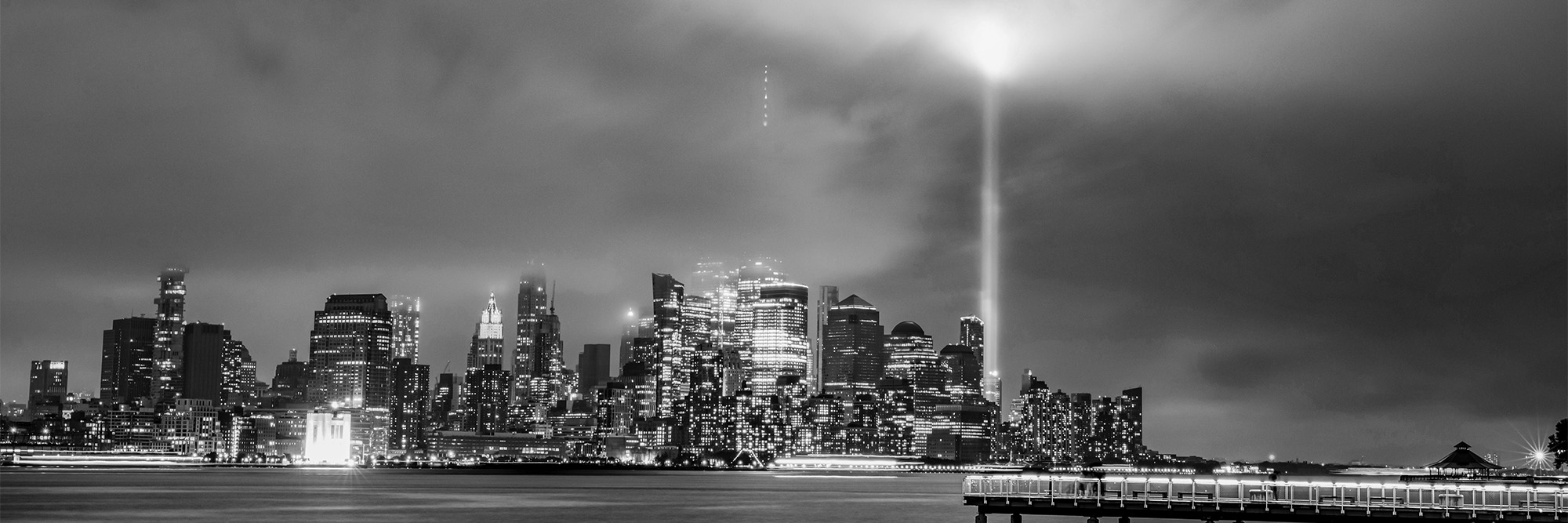
Climate change becomes a tangible reality, influencing consumer choices and design trends. With the increasing frequency of extreme weather events, sustainability takes center stage. Consumers support renewable energy solutions but remain hesitant about drastic lifestyle changes, creating a challenge for designers to create environmentally conscious spaces that resonate with diverse needs.
“Two-thirds of Americans say that they've experienced at least one of the five types of extreme weather (heat wave, flood, drought, wildfire, rising sea level), in the past year. Americans support making changes to address global climate change and prioritizing renewable sources—and designers have the power to contribute to these solutions.” — The Trends Outlook Report
11. Sustainability rules
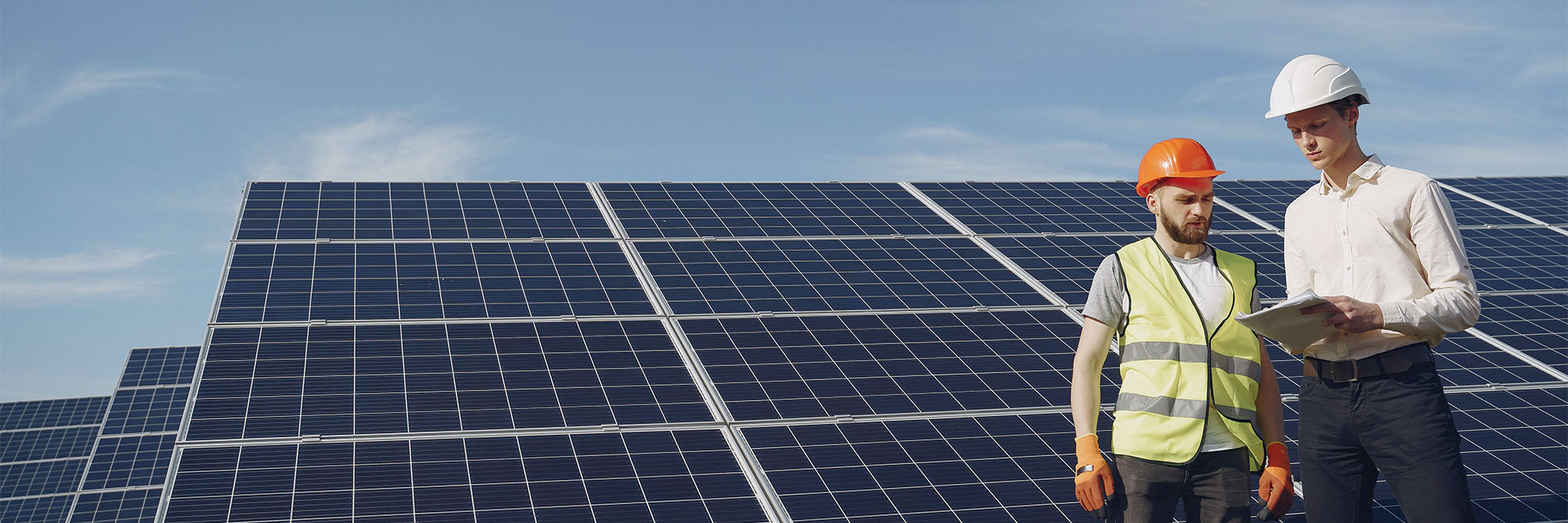
The future of work prioritizes high-quality, low-carbon spaces to attract talent and comply with changing regulations. Investment in sustainability tech surges, allowing for better metrics and reporting. Designers who can help clients meet their sustainability goals and create holistic environments that support individual health, community well-being, and environmental stewardship will hold a competitive advantage in the years to come.
“Designers who can help clients meet their sustainability targets of high-quality, low-carbon workspaces will have a competitive advantage. Recognizing the interconnectedness of individual health, community health, and environmental stewardship also pays a key role.” — The Trends Outlook Report
The Trends Outlook Report is available for download for ASID members and is available to purchase on their website for non-members.
Related Stories
MFPRO+ Research | Sep 11, 2024
Multifamily rents fall for first time in 6 months
Ending its six-month streak of growth, the average advertised multifamily rent fell by $1 in August 2024 to $1,741.
Construction Costs | Sep 2, 2024
Construction material decreases level out, but some increases are expected to continue for the balance Q3 2024
The Q3 2024 Quarterly Construction Insights Report from Gordian examines the numerous variables that influence material pricing, including geography, global events and commodity volatility. Gordian and subject matter experts examine fluctuations in costs, their likely causes, and offer predictions about where pricing is likely to go from here. Here is a sampling of the report’s contents.
K-12 Schools | Aug 26, 2024
Windows in K-12 classrooms provide opportunities, not distractions
On a knee-jerk level, a window seems like a built-in distraction, guaranteed to promote wandering minds in any classroom or workspace. Yet, a steady stream of studies has found the opposite to be true.
MFPRO+ Research | Aug 9, 2024
Apartment completions to surpass 500,000 for first time ever
While the U.S. continues to maintain a steady pace of delivering new apartments, this year will be one for the record books.
Data Centers | Aug 8, 2024
Global edge data center market to cross $300 billion by 2026, says JLL
Technological megatrends, including IoT and generative AI, will require computing power to be closer to data generation and consumption, fueling growth of edge IT infrastructure, according to a new JLL report.
MFPRO+ Research | Aug 6, 2024
Matrix multifamily report for July shows ‘hopeful signs’
The multifamily market is showing strength in many ways, according to the July 2024 Matrix Multifamily National Report by Yardi Matrix.
MFPRO+ News | Jul 24, 2024
Most popular cities for renters mid-2024
Rental activity in the U.S. continues to grow halfway through 2024. With the work-from-home boom stabilizing, more renters are eying desirable cities to relocate to.
Office Buildings | Jul 22, 2024
U.S. commercial foreclosures increased 48% in June from last year
The commercial building sector continues to be under financial pressure as foreclosures nationwide increased 48% in June compared to June 2023, according to ATTOM, a real estate data analysis firm.
Healthcare Facilities | Jul 16, 2024
Watch on-demand: Key Trends in the Healthcare Facilities Market for 2024-2025
Join the Building Design+Construction editorial team for this on-demand webinar on key trends, innovations, and opportunities in the $65 billion U.S. healthcare buildings market. A panel of healthcare design and construction experts present their latest projects, trends, innovations, opportunities, and data/research on key healthcare facilities sub-sectors. A 2024-2025 U.S. healthcare facilities market outlook is also presented.
Healthcare Facilities | Jul 11, 2024
New download: BD+C's 2024 Healthcare Annual Report
Welcome to Building Design+Construction’s 2024 Healthcare Annual Report. This free 66-page special report is our first-ever “state of the state” update on the $65 billion healthcare construction sector.



